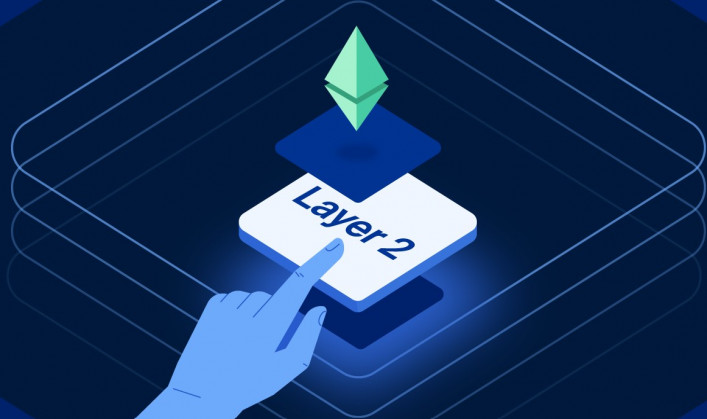7 November 2025
How Layer 2 Solutions Are Scaling the Ethereum Network
Ethereum, the world's second-largest blockchain, has been plagued by scalability issues for years. High transaction fees and network congestion have often made it impractical for everyday use, particularly for applications that require frequent, low-value transactions. This has led to the rise of "Layer 2" solutions, designed to alleviate these problems and unlock Ethereum's true potential. Think of it this way - if Ethereum is a busy highway, Layer 2s are the express lanes that keep traffic flowing smoothly.
Even the world of online entertainment hasn't been immune to these challenges. Blockchain-based games and even crypto casinos have grappled with high fees and slow transaction times, potentially impacting the user experience. Layer 2 solutions offer a promising way to overcome these hurdles, ensuring seamless and cost-effective transactions even during peak network usage.
Understanding Layer 2 Solutions
In essence, Layer 2 solutions are separate blockchains that sit "on top" of the Ethereum mainnet (Layer 1). They handle the bulk of the transaction processing, periodically settling batches of transactions on the mainnet to ensure security and finality. This significantly reduces the load on the Ethereum network, enabling faster and cheaper transactions.
There are several different types of Layer 2 solutions, each with its own strengths and weaknesses. Some popular examples include:
- Rollups: These bundle multiple transactions into a single transaction on the mainnet, significantly reducing fees and increasing throughput. There are two main types of rollups: optimistic rollups and zero-knowledge rollups (ZK-rollups).
- State channels: These allow for off-chain transactions between a limited number of participants, with only the final state being settled on the mainnet.
- Plasma: This creates child chains that operate independently of the mainnet, with periodic checkpoints submitted to the mainnet for security.
The Benefits of Layer 2 Solutions
The adoption of Layer 2 solutions brings several key benefits to the Ethereum ecosystem:
- Scalability: By offloading transaction processing, Layer 2s can dramatically increase the number of transactions that the Ethereum network can handle per second. This means faster transaction times and lower fees for users.
- Reduced congestion: With fewer transactions competing for space on the mainnet, network congestion is significantly reduced. This improves the overall user experience and makes Ethereum more accessible for everyday use.
- Enhanced security: Layer 2 solutions inherit the security of the Ethereum mainnet, ensuring that user funds and data remain safe.
- Innovation: The development of Layer 2 solutions is driving innovation in the Ethereum ecosystem, leading to new and exciting use cases for blockchain technology.
The Impact on Different Sectors
Layer 2 solutions have the potential to revolutionize various sectors that rely on the Ethereum network:
- Decentralized finance (DeFi): DeFi applications, such as lending platforms and decentralized exchanges, often require frequent, low-value transactions. Layer 2s can enable these applications to scale and offer a seamless user experience even during periods of high network activity.
- Gaming: Blockchain-based games can benefit from the faster and cheaper transactions offered by Layer 2s, improving the gameplay experience and attracting a wider audience.
- Non-fungible tokens (NFTs): The creation and trading of NFTs can be expensive on the Ethereum mainnet. Layer 2s can make these activities more affordable, opening up new opportunities for artists and collectors.
The Future of Layer 2 Solutions
As the Ethereum network continues to grow and evolve, the importance of Layer 2 solutions is only set to increase. With Ethereum 2.0 on the horizon, promising further scalability improvements, the combination of Layer 1 and Layer 2 scaling solutions could usher in a new era of blockchain adoption.
The continued development and adoption of Layer 2 solutions will be crucial for Ethereum to maintain its position as a leading blockchain platform and realize its full potential. As these solutions mature and become more user-friendly, we can expect to see a surge in innovation and new use cases for Ethereum, further solidifying its role in the decentralized future.






